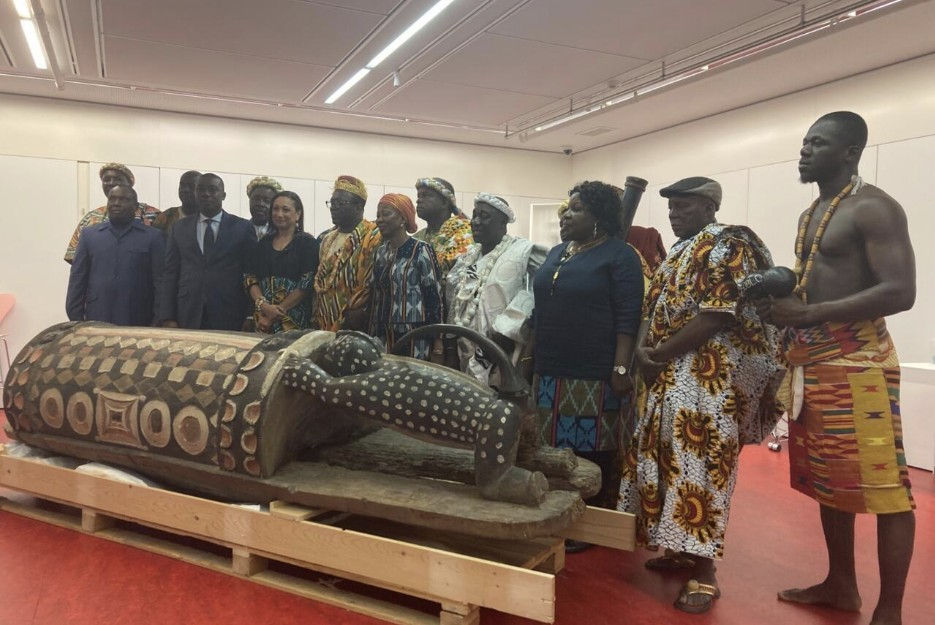Pride Month: The Reality of Transgender Communities in South Asia
- Tanisha Choudhury
- Jun 14, 2021
- 3 min read
When twenty-nine year old Tashnuva Anan Shishir debuted as the first transgender news anchor on conservative Bangladeshi media, it would be an understatement to say that Bangladesh was shocked. Very pleased, but shocked. While transgender inclusion and acceptance in Western media is slowly growing at a promising rate, the same inclusionary sentiments are far from accepted in many conservative South Asian societies.
In another country not so far away from Bangladesh and its strict traditional society, Nisha Rao recently rose to be Pakistan’s first transgender lawyer. Similar to Tashnuva, Nisha too, was unsurprisingly a victim of social ostracization and transphobia.
For women like Nisha and Tashnuva, everyday endeavours that we often take for granted have become some of the most defining hardship moments of their lives. Studying and receiving education had become their safe haven however even that comes at a cost when you have been socially ostracised by your own society. For transgender communities in societies like this, desperation is always high and begging on the streets of Karachi was Nisha’s only path to paying for education and obtaining all the degrees she currently holds.
“People were very disrespectful toward me and didn’t believe that I begged for my education,” Nisha told NBC News.
To many, it may not be all that mind blowing to read a three minute bulletin on a private Bangladeshi news channel or fight a case in the Pakistani local court, but for women like Tashnuva and Nisha, it is a historical step in combatting negative perceptions of the transgender communities of South Asia.
But what exactly are the perceptions towards transgender communities in South Asia?
The official Bangladeshi government statistics show that there are around 15,000 transgender people in the country. However, activist groups say there are over a million people that identify as transgender. Perhaps this simple notion of the government denying their existence by minimising numbers can give us all a clear understanding of the sentiments surrounding transgender people in South Asia.
Even talking about being transgender is taboo in many South Asian societies. Unfortunately, because the topic of gender identity is so obscure, it limits much needed progressive discussions that would better the lives of many transgender people suffering greatly for the mere reason of being themselves.
Ananya Banik, a Bengali transgender women and classical folk dancer says that even in ordinary government jobs, acceptance was a struggle.
“Many of my colleagues were uncomfortable around me. They wouldn't sit with me at lunch."
"They wouldn't get into the office lift if I was inside," she told BBC News.
The reality of the transgender community in South Asia
With little job opportunities accessible to them, most South Asian transgender people are often forced into sex work for survival, which exposes them to extremely harmful, exploitative, and fatal situations.
If it’s not exploitative labour, then it’s begging on the streets to put food on the table.
Despite various legislations being implemented in Bangladesh and Pakistan to protect the marginalised, the effects of these policies on the safety and wellbeing of the community are yet to be noticed.
The current situation of the transgender communities needs to be improved, and improved fast. So, while powerful and resilient women like Tashnuva and Nisha continue to push through oppressive societal norms and extreme conditions to have their voice heard in a sea that often drowns them out, many other “firsts” are yet to broken by South Asian transgender communities.





Comments